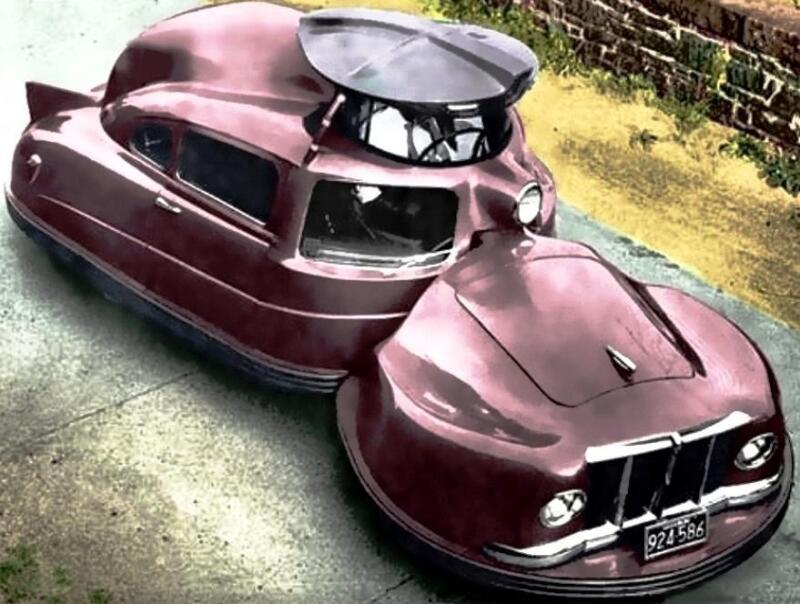Lacetti, without exaggeration, is a “people’s” car. In terms of the degree of “love” for this car, it can be compared with Hyundai Solaris, Renault Logan, Mitsubishi Lancer. In different countries, Lacetti is known as Daewoo Gentra, Holden Viva, Suzuki Forenza, Buick Excelle HRV. This car at one time gained popularity in the Russian market due to its affordable price, spacious interior and unpretentiousness. However, it also has its pros and cons, which we will consider below.
Engines and their weak points
Several types of engines were installed on the Chevrolet Lacetti. Let's look at the features and disadvantages of each of them.
T18 SED
For all its simplicity and reliability, the T18SED has a number of weaknesses. For example, a timing belt “runs” no more than 60 km, and sometimes less. If it breaks, the valve bends, which entails expensive repairs. It is not uncommon for the exhaust manifold to crack. With such a problem, extraneous noises are heard from under the hood, engine thrust deteriorates, and fuel consumption increases. If the speed starts to fluctuate at idle, the cause should be sought in contamination of the IAC or crankcase ventilation system.
 Chevrolet Lacetti station wagon with an open hood. Photo: YouTube.com
Chevrolet Lacetti station wagon with an open hood. Photo: YouTube.comOne of the most problematic electrical elements that is prone to failure is the camshaft position sensor. Its malfunction is accompanied by unstable engine operation, deterioration of traction, and the appearance of the Check Engine indicator on the instrument panel. The solution is to replace the sensor.
F16D3
Typical problems with this engine include stuck valves. Due to incomplete closure, the compression of the internal combustion engine decreases and engine performance deteriorates. This problem more often manifested itself on units of the first years. To avoid this, it is recommended to clean the valves from carbon deposits every 30 thousand km. In critical cases, parts will need to be replaced. The timing belt on the F16D3 also lasts no more than 60 thousand km, but sometimes this can happen after 30-40 thousand km.
 Under the hood of a Chevrolet Lacetti. Photo: YouTube.com
Under the hood of a Chevrolet Lacetti. Photo: YouTube.comContamination of the intake manifold causes a malfunction of the system for changing its geometry. Engine thrust deteriorates and fuel consumption increases. There is an option to plug the EGR valve. If this is not done, the intake manifold needs to be cleaned every 10 thousand km. On a Lacetti with an F16D3 engine, a clogged crankcase ventilation system leads to oil leaks and lubricant getting into the spark plug wells. Short-lived high-voltage wires require replacement every 40-50 km.
F18D3
The weak point of these motors is the ECU control unit (ECU). Contact with moisture or overheating leads to its incorrect operation, which is why the internal combustion engine begins to function unstably, and errors may appear during diagnostics. On the F18D3, a typical problem is ignition module failure. If the device breaks down, the power of the internal combustion engine decreases and the engine begins to “trouble.”
The F18D3 engine is sensitive to overheating. Among the consequences of this problem are detonation and loss of traction. Monitor the health of the cooling system and avoid overloading the internal combustion engine. Floating speed on the F18D3 is usually associated with contamination of the throttle valve.
Weaknesses of the Lacetti
Owners of Lacetti with manual transmissions sometimes encounter unclear gear shifting, especially first and second. On a car with high mileage, a hum and noise may appear in fifth gear. On automatic transmissions there may be delays and hesitation when changing gears. The service life of automatic transmissions in some cases is 150 thousand km, but this is rather an exception.
Poor sound insulation can be called a “sore”. Road and engine noise can be heard clearly in the cabin. Additional sound insulation is required for a comfortable ride. The paintwork is thin and easily scratched and chipped. Rust forms quickly, especially in places where there are chips. Treating the body with an anti-corrosion compound and careful driving will increase the service life of the paintwork.
 Chevrolet Lacetti hatchback. Photo: YouTube.com
Chevrolet Lacetti hatchback. Photo: YouTube.comThe suspension on the Lacetti is quite stiff and not very comfortable for driving on rough roads. Standard shock absorber struts have a relatively short service life - up to 60 km. From time to time, problems may arise with the generator, starter, power windows, and power locks. The interior plastic is of low quality and is easily scratched and creaks while driving.
Lacetti owners often encounter the problem of windshield fogging. The reason is a clogged cabin filter, improper operation of the ventilation system, and high humidity. All engines have common problems, such as the water pump, which may leak or make noise after a mileage of up to 90–100 thousand km. The power steering rack does not always show a high degree of reliability - many of them were replaced under warranty, after which the entire unit was modernized and strengthened. Nevertheless, knocking on bumps and oil leaks are not uncommon here.
The brake system in the car is quite simple: the front brake discs are ventilated, the rear ones are conventional. Particularly vulnerable components are the caliper guides. Due to loss of mobility, they lead to uneven wear of the pads. In general, there are no complaints about the car body in any version (sedan, hatchback, station wagon), but the fittings, such as interior parts, locks and washers, can be called less reliable. Door hinges, especially the driver's door, may sag after just a few years.
 Inside the Chevrolet Lacetti car. Photo: YouTube.com
Inside the Chevrolet Lacetti car. Photo: YouTube.comAfter passing the mark of 80 thousand kilometers, an unpleasant “hum” from the fuel pump may appear. Failure of the pressure sensor in it can lead to interruptions in engine operation caused by changes and decreases in fuel pressure. The need to replace the catalyst becomes inevitable when a mileage of 150-170 thousand kilometers is covered. The source of the rattling sound under the car is probably the contact of the exhaust pipe thermal shield with the muffler itself due to oxidation of the mounting clamps over time.
One of the features of a manual transmission is vibration and “bubbling” when it starts moving. The reason for this phenomenon lies in the design of the release bearing combined with the working piston - a system that cannot be disassembled. The unit, compressed by a special spring, transfers all irregularities to the petals of the basket, causing vibration.
Prices
The cost of the Lacetti, however, like any car, largely depends on the region, technical condition, mileage and equipment. On average, first-generation cars produced in 2006-2007 cost around 500 thousand rubles. For Lacetti “fresher” 2011-2012. we have to pay about 700-800 thousand rubles.
Chevrolet Lacetti is a quite good, reliable and practical car, not without its shortcomings. For those planning to purchase this car, we recommend choosing from copies produced after 2007, in which the fundamental problems with the engines were eliminated. If you need a fresher car, pay attention to the Lacetti analogue - Ravon Gentra, assembled in Uzbekistan.










